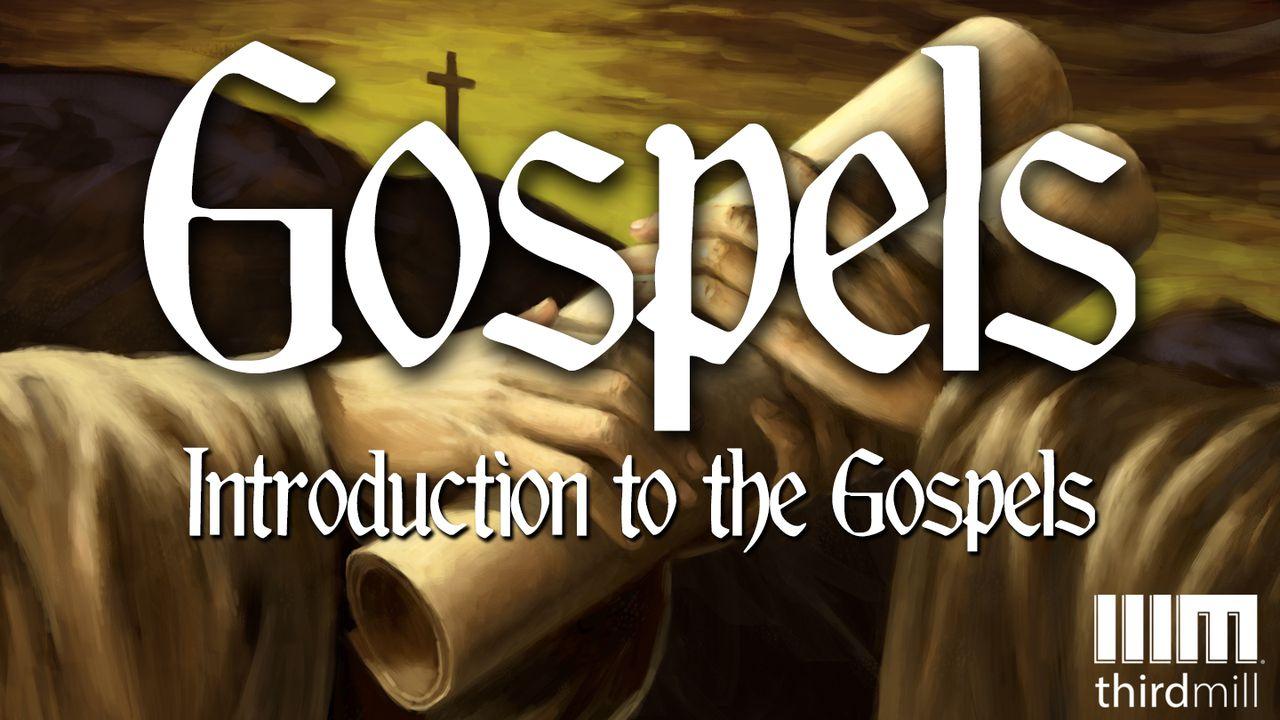Introduction To The Gospels預覽

Distinctive Themes in John
In his gospel, John portrayed Jesus as the Son of God who accomplishes the eternal plan of salvation. In emphasizing Jesus’ identity as the Son of God, John spoke of Jesus’ unique relationship with His Father. Jesus is the ultimate revelation of His Father and the only one able to make eternal life available to all those who put their faith in Him. For instance, whereas the other three gospel writers began their accounts with the birth of Jesus or His earthly ministry, John began his gospel by saying that the Son of God had been involved with the Father in creation, and now the Father was being revealed through His one and only Son.
Another way John communicated this glorious message was in the “I am” sayings made by Jesus. In these statements, Jesus alluded to God’s covenant name “Yahweh,” sometimes translated “Jehovah.” In Exodus 3:14, God Himself explained that the name “Yahweh” essentially means “I am.” Jesus alluded to this name in John 6:35, where He said, “I am the bread of life.” We also find it in 8:12 and 9:5 in the phrase “I am the light of the world.” And in 10:7, 9 we read “I am the gate.” In 11:25, it’s “I am the resurrection and the life.” In 14:6, it’s “I am the way and the truth and the life.” In 15:1, we find “I am the true vine.” And in 8:58, Jesus made the climactic announcement, “I am.” In each of these instances, Jesus declared Himself to be the bearer of the sacred Old Testament name of God, and revealed God in His own person.
Jesus’ place at the center of God’s eternal plan of salvation is particularly evident in Jesus’ high priestly prayer in John 17. Consider what Jesus prayed in John 17:24:
Father, I want those You have given Me to be with Me where I am, and to see My glory, the glory You have given Me because You loved Me before the creation of the world.
Jesus related the salvation of His followers to the love that the Father had for the Son before creation. His point was that our salvation is an outpouring of the Father’s love for Jesus.
So, if John portrayed Jesus as the Son of God who accomplished the eternal plan of salvation, how does John’s gospel answer our second question? How do we follow Jesus?
In John’s gospel, the primary way we follow Jesus is by being loved by God, and by showing that same love to each other. Jesus established this model for us to follow in many ways. For instance, we see it in John 17:23-26, where Jesus spoke of the Father’s love for His Son. It was this eternal love of the Father for the Son that was behind the eternal plan of salvation that Jesus accomplished. So, it makes sense that in John’s gospel discipleship is characterized by love. As Jesus said to His followers in John 13:34-35:
Love one another. As I have loved you, so you must love one another. By this all men will know that you are my disciples, if you love one another.
According to John, we follow Jesus by loving each other with his kind of love.
In this way, discipleship is both initiated and conducted in love. God’s love for us initiates our discipleship. And God’s love through us to each other is the expression of our discipleship. This helps us understand why John referred to himself throughout his gospel as “the disciple whom Jesus loved” and not “the disciple that loved.” He knew that whatever ability he had to love others came from the depth of Jesus’ love for him. Jesus’ followers are first loved, and then they are called to love one another.
Click here to watch Introduction to the Gospels, lesson one in the series The Gospels. thirdmill.org
關於此計劃

This reading plan explores the literary character of the Gospels, their status in the Church, and their unity and variety.
More







